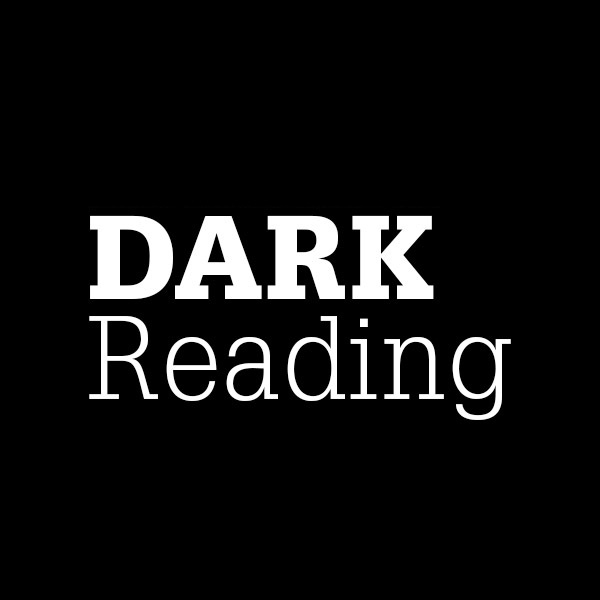The company said the incident involved “unauthorized access and copying of some current and former employee data, as well as limited company information regarding some business partners.”
The flaw, CVE-2020-28360, allows malicious attackers to carry out SSRF attacks against a population of applications that may number in the hundreds of thousands or millions globally.
Delaware Attorney-General Kathy Jennings announced the settlement on Tuesday, in which a total of 46 states, as well as the District of Columbia, have reached a resolution with the US retailer.
CyberNews found that even though the majority of online shops follow excellent to good SSL configuration practices in general, almost a third of the web servers are suffer from SSL vulnerabilities.
Based on the third-party population ingested by enterprise customers, on average, 20% of an enterprise’s third-party portfolio pose a high inherent risk, according to a CyberGRX report.
Email and telephones were down and news was instead sent out via an emergency email system. It was unclear who was behind the attack and when the agency would be back online.
Found injected into a core WordPress file, this PHP injection works by using fsockopen to open a connection to the $host variable, which contains the URL to the SEO spam infrastructure.
Scammers are taking advantage of the Minecraft game’s wild success by developing Google Play apps which appear to be Minecraft modpacks, but instead deliver abusive ads, according to researchers.
As retailers now prepare for a surge in online holiday shopping amid the on-going global pandemic, Imperva experts urge vigilance and preparedness on the part of online businesses.
Researchers from the University of Michigan and The University of Electro-Communications (Tokyo) who last year hacked popular voice assistants with laser pointers take their work to the next level.








